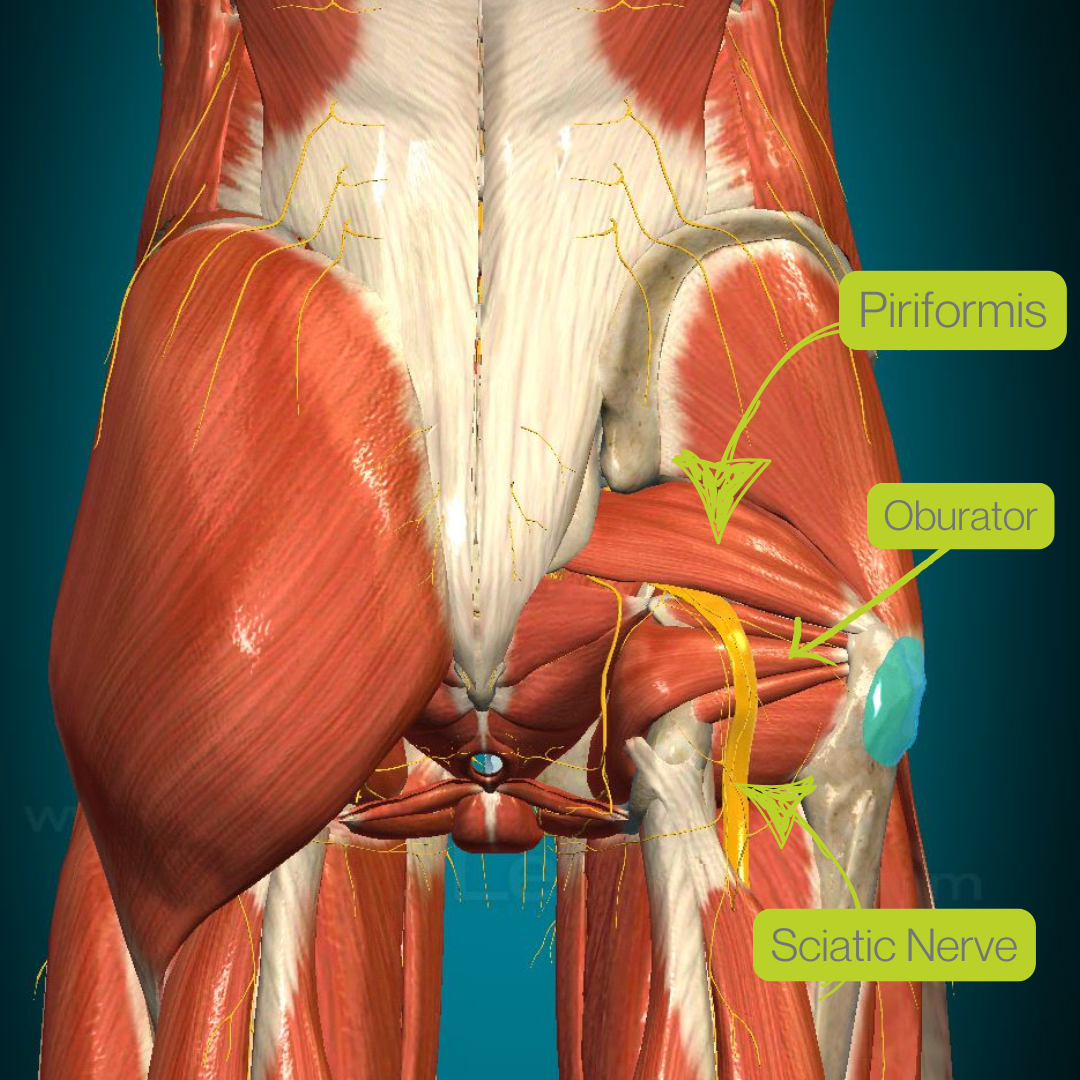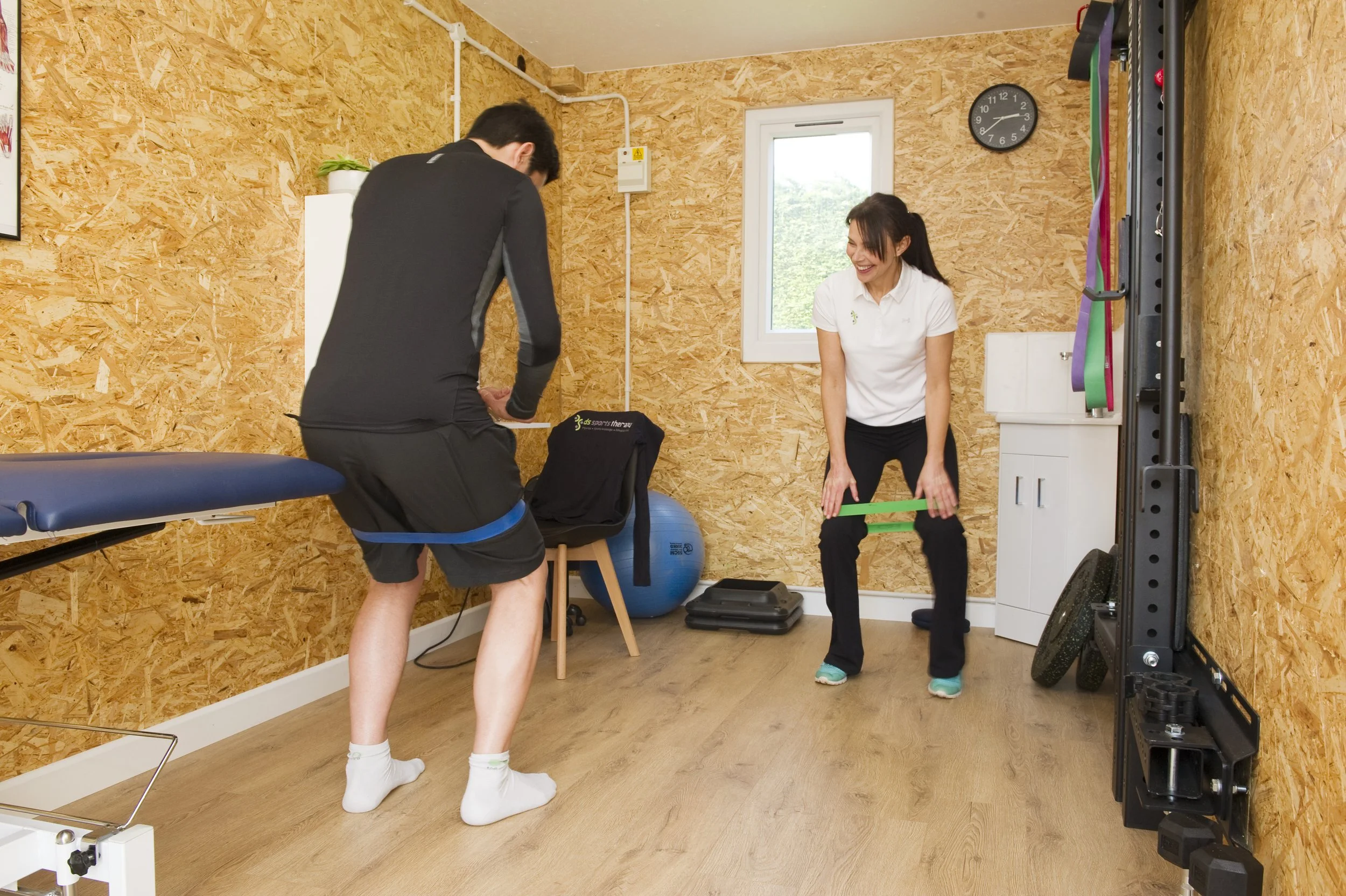Gluteal Pain: A Right Pain in the Bum.
The gluteal region, or buttocks, is a complex body area that plays a vital role in movement and stability. It is home to several muscles, including the gluteus maximus, gluteus medius, and gluteus minimus, as well as deeper muscles obturators, gemellus & piriformis.
Pain in this area, can significantly impact daily activities and athletic performance and arise from many different sources. Let’s explore some.
Why Does Gluteal Pain Occur?
Gluteal pain can arise from various factors, including:
Muscle Strain: Overuse or sudden movements can lead to strains in the gluteal muscles, although rare. Presentation is usually an isolated incident or can be related to a particular training session.
Tendinopathy: Degeneration (improper healing over time) of the gluteal tendons. This pain is usually slow onset and progressive in nature. Starting with pain on the side of the hip on the first few steps in the morning, to aching after activity. This combined with bursitis (below) is referred to as Greater Trochanteric Pain Syndrome.
High (Proximal) Hamstring Tendinopathy: Conditions involving the origin of the hamstring muscles can manifest as Gluteal pain but will usually be most painful at the top of the posterior thigh.
Bursitis: Inflammation of the bursa, a fluid-filled sac cushions the muscles and tendons. Pain starts in a specific spot but can radiate out. Bursa are sensitive to pressure, including direct impact, lying on a hard surface, or a sudden overload in a training session. It is common for fluid in the bursa to create dysfunction in the surrounding tendons, leading to Greater Trochanteric Pain Syndrome.
Sciatica: This condition occurs when the sciatic nerve, which runs through the gluteal region, becomes irritated. This can occur at spine level and radiate into the gluteal region, or within the deep gluteal muscles themselves.
This is where the term Piriformis syndrome comes from, although more recent research suggests the origin could be any number of the muscles in this area.
If you’re confused about your Gluteal pain, I’m not surprised. There are several differential diagnoses and after the first few weeks pain can change due to pain inhibition and guarding, as well as increased nerve sensitivity.
A thorough assessment will lead to a working diagnosis and start you on the path the recovery.
Physiotherapy and Sports Therapy for Gluteal Pain
Physiotherapists and Sports Therapists can provide effective treatment for gluteal pain. Their approach may include:
Assessment: This starts with discussing your symptoms. The conditions above all have very different presentations, from morning pain that improves with movement to pain that is constant. This information paints a picture to identify the source of the pain.
Exercises: Strengthening and stretching exercises to address muscle imbalances, weakness, poor mobility, movement patterns and improve flexibility.
Manual Therapy: Techniques like massage, mobilization, and manipulation can help reduce muscle tension and improve joint mobility. It gives us a window to make greater progress with rehab exercises.
Education: Knowing the likely cause of your pain, what it responds well to and what to be cautious of is very empowering. Guidance on preventing future episodes of gluteal pain, what to do if a flare up occurs enable you to self-manage or not fear a recurrence of the pain.
If you are experiencing gluteal pain, it is important to consult with a healthcare professional for a proper diagnosis and treatment plan. With the right approach, you can effectively manage your symptoms and return to your normal activities.
Drop me a message to discuss your symptoms during a free, no-obligation call. Contact me now.





